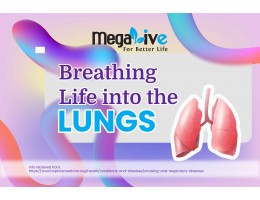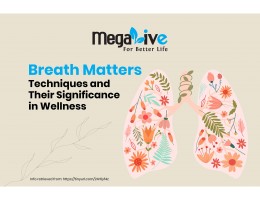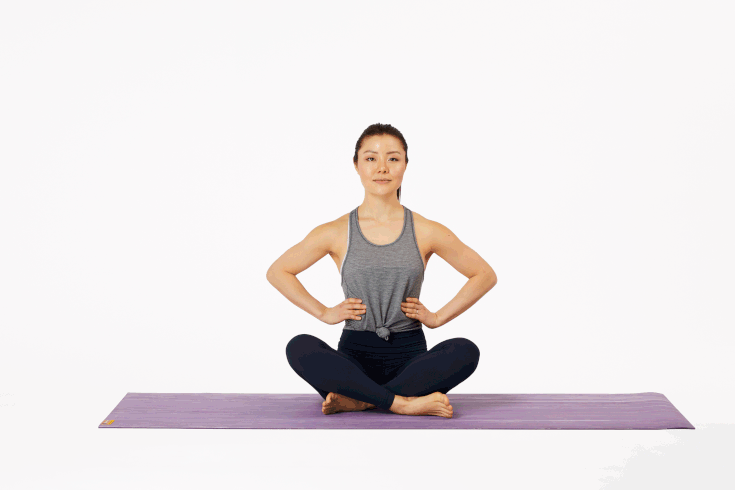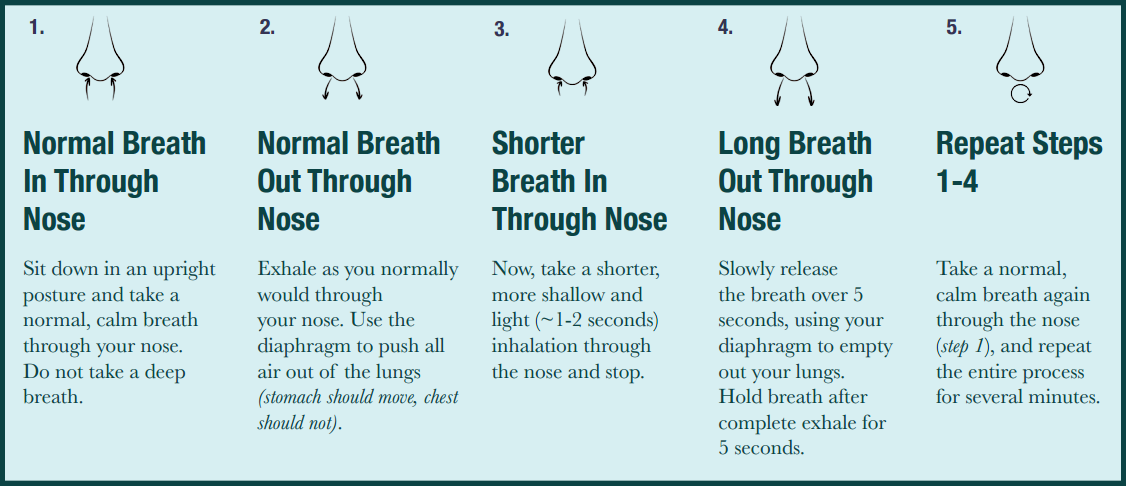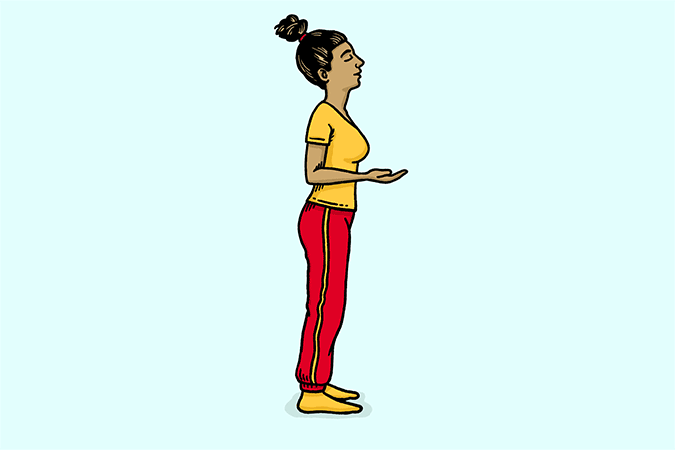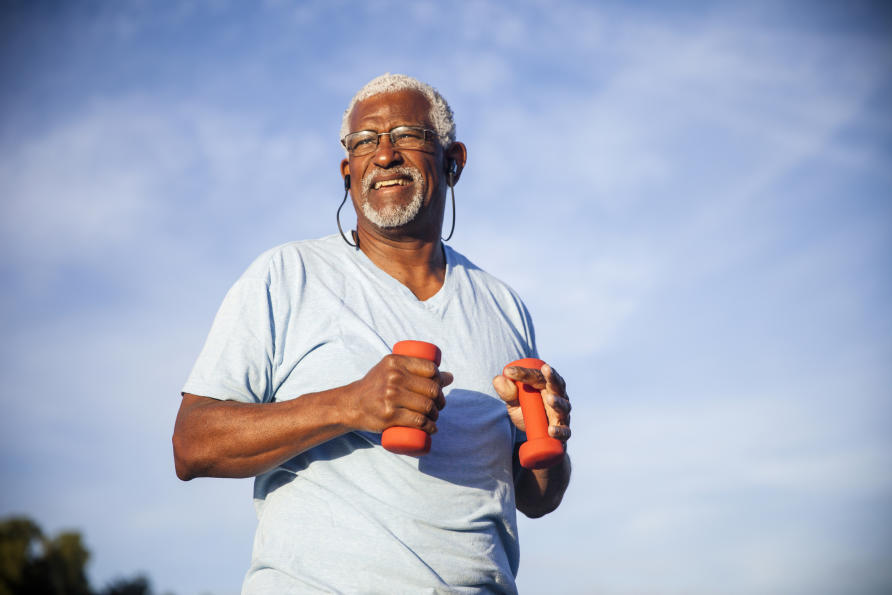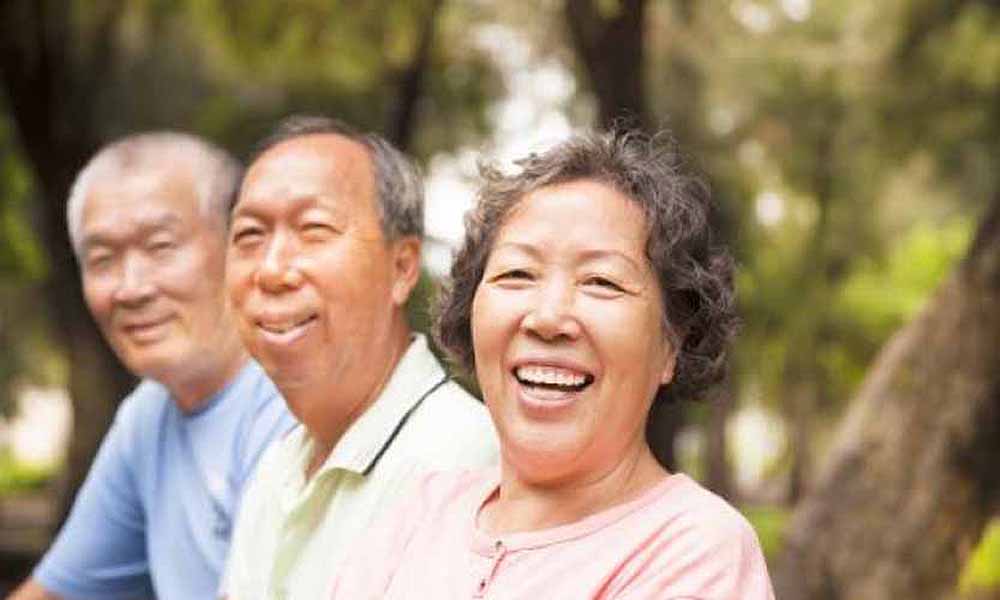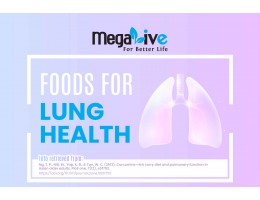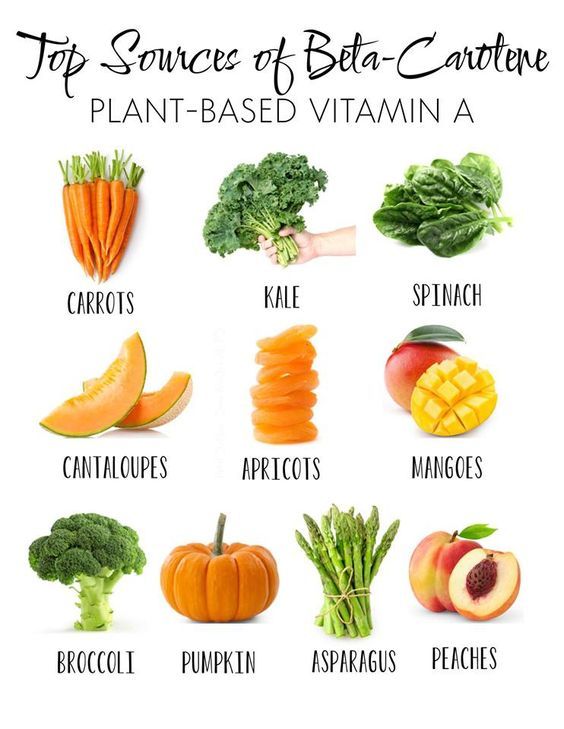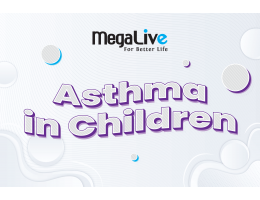We breathe in and out about 22,000 times a day. When resting, an average adult breathes about 12–20 times per minute. Though it looks small inside our body, when the lung is spread out, its size is actually about half the size of a tennis court. It has 2400 km of airways and up to 500 million alveoli (places where oxygen exchange occurs in the lung). Our lung is very unique in such a way that, though it has left and right sides, both of these are not entirely identical; the left lung is smaller than the right lung, and the left lung has only two lobes while the right lung has three (1).
Amazing, isn’t it? Starting today, let's not take the lung for granted. Now, it is time to find out how to breathe life into the lung.
Smoking and your lung health (2,3)
Among the things that you can start to cultivate in order to take care of your lungs is to stop smoking if you are a smoker. Though it is easier said than done, there are thousands of people who have successfully quit smoking with the correct guidance, motivation, and support. Above all, you must first recognise the factors that influence you to smoke and start to tackle them. As for addiction, it is something that can be worked out with patches, medication, support from your loved ones, and a conducive environment. If you are a passive smoker, it is time for you to take charge of your life. It is time to be stern if the smoker is one of your loved ones; provide them with some rules and regulations for smoking; and if it is in public, avoid places where you know smokers will be there. Remember, you’re saving your lung while doing so!
If you are a passive smoker or you are currently smoking and have yet to quit, you may consider supplements to take care of your lung health while trying to quit smoking. A herbal supplement such as tiger milk mushroom is suitable for smokers, people with breathing problems like cough and cold, senior citizens with weak hearts, and those who are always exposed to harmful smoke, like passive smokers.

Exercise or simply move (4)
Exercise can also help make sure your lung health is tip top! Exercise can be considered any kind of physical activity. It can be structured or planned exercise or simply your daily chores, which require you to move your body and sweat out. With the correct exercise that requires your cardiovascular conditioning, or simply put, exercise that involves your heart and lungs to pump the blood even quicker and to breathe in and out at a much quicker pace, it is considered aerobic exercise or moderate exercise. This includes activities like brisk walking, swimming, running, and cycling. All these activities, if done correctly, will improve your lung capacity, which is good for your lung health as well.

Stay indoors and avoid harmful pollution (3)
Nowadays, with our current transportation system in Malaysia, it is very likely for us to inhale bad air into our lungs. What you can do with regards to this is avoid heavy traffic and clean your house regularly to avoid the buildup of mold, dust, and allergens. You may ventilate your house and workplace frequently as well, so they have a good air circulation system inside. One of the smart ways that you can do before you plan your journey is to check the air quality of the place that you plan to go.
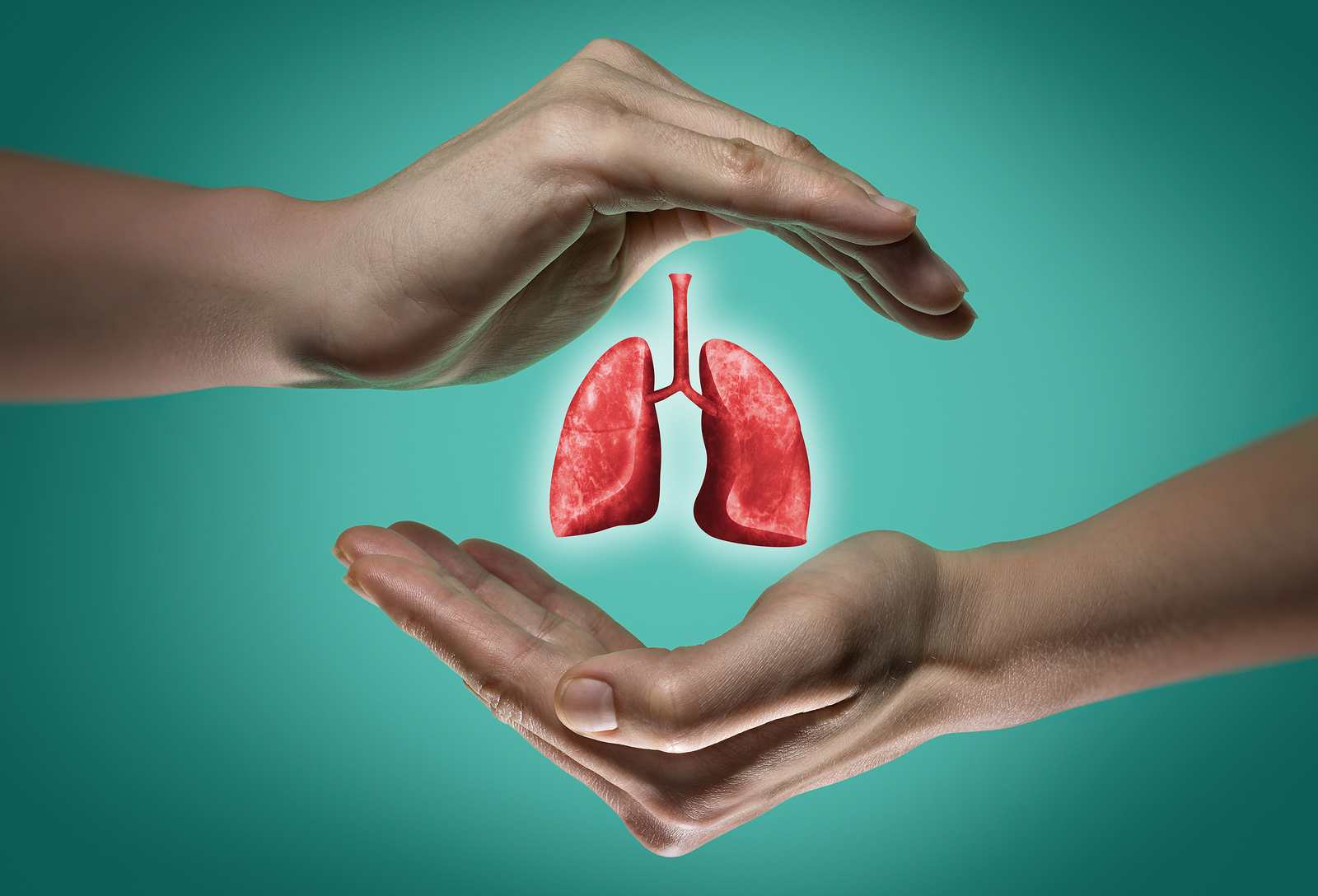
Prevent infection (3,5)
As for infection related to the lung, it can be due to various reasons, but one thing you can do to decrease your risk of getting infected is by frequently washing your hands. Do not touch your face with unwashed hands. Some people even consider getting the flu vaccine. Talk to your doctor to find out whether you should get a flu vaccination.
In conclusion,
It is easy to actually value your lung's worth and take care of it if you are living a mindful life. A simple activity like opting to use stairs instead of an elevator or lift can also benefit your lung. Avoid places with heavy traffic and wear proper personal protective equipment when handling hazardous or harmful chemicals. Making sure your house is properly ventilated can improve indoor air quality. Start now to take care of your lung, or you will regret it!
References
- The Lung Association. Breathing and Fun Facts about Lung (2016). https://www.lung.ca/lung-health/lung-info/breathing (Accessed on September 30, 2020)
- Ministry of Health Malaysia (MOH). My Health Portal. Quit Smoking (2012). http://www.myhealth.gov.my/en/quit-smoking-prime-years-2/(Accessed on September 30, 2020)
- National Institute of Health (NIH). Nationa Heart, Lung, and Blood Institute. Keeping your lung healthy (2019). https://www.nhlbi.nih.gov/health-topics/how-lungs-work (Accessed on September 30, 2020)
- European Lung Foundation (ELF). Your lung and exercise. https://www.ncbi.nlm.nih.gov/pmc/articles/PMC4818249/pdf/EDU-ELF121.pdf (Accessed on September 30, 2020).
- Five ways to Keep your lung healthy and whole. https://www.healthline.com/health/understanding-idiopathic-pulmonary-fibrosis/ways-to-keep-your-lungs-healthy-and-whole#5.-Breathe-deeply (Accessed on September 30, 2020).


